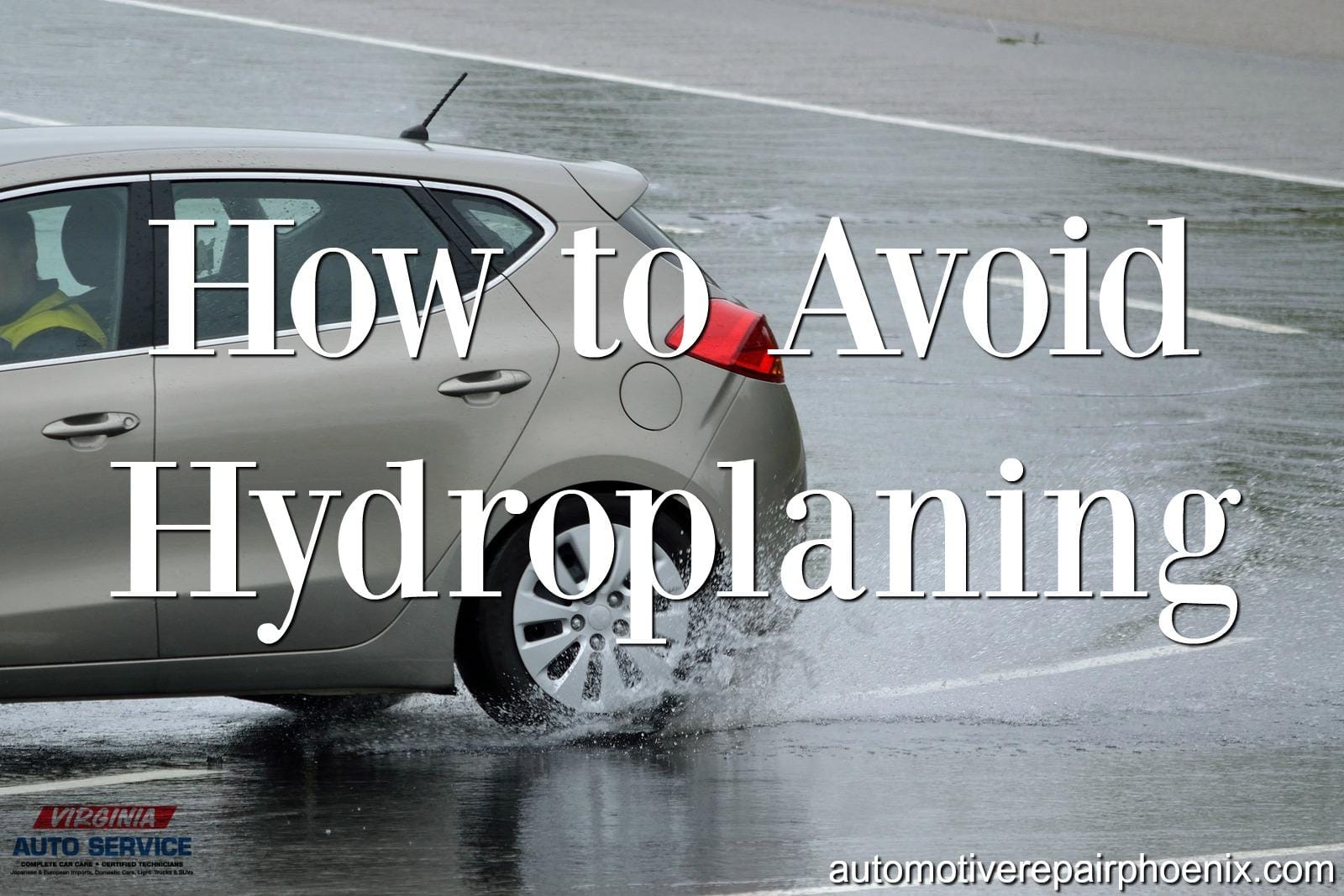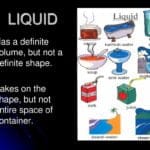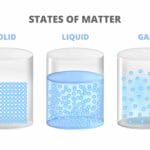Imagine driving on a wet road and suddenly feeling your car lose grip, as if floating on water. This unsettling experience is hydroplaning—a dangerous situation where your tires lose contact with the road due to a layer of water. Understanding its causes and prevention is crucial for safe driving in wet conditions.
Decoding the Dangers of Hydroplaning
Hydroplaning occurs when water accumulates in front of your tires faster than they can disperse it. This creates a thin film of water between the tire and the road surface, causing a loss of traction and control. Several factors contribute to this hazardous situation.
How Water, Speed, and Tires Cause Hydroplaning
Water Depth: The Foundation of the Problem: The amount of water on the road plays a significant role. Even a thin film of water can be enough to cause hydroplaning, particularly at higher speeds. Deeper puddles or standing water substantially increase this risk. More water equals more resistance for your tires to overcome.
Speed: The Catalyst for Disaster: Speed is likely the most influential factor in hydroplaning. At higher speeds, tires have less time to channel water away, making them more likely to ride on top of the water. Even a small increase in speed can significantly elevate the risk of hydroplaning.
Tire Condition: Your First Line of Defense:
Tread Depth: Tire treads are designed to channel water away from the tire’s contact patch. Worn tires, with their shallower grooves, have a reduced ability to disperse water, making them far more susceptible to hydroplaning. Some experts suggest replacing your tires when the tread depth reaches 4/32 of an inch. You can check your tread depth using a penny. If you can see all of Lincoln’s head when you insert the penny into the tread groove, it’s time for new tires.
Tire Width: Wider tires, while offering better grip in dry conditions, may increase hydroplaning risk due to their larger surface area. They need to displace more water to maintain traction, increasing the likelihood of riding on top of the water.
Tire Pressure: Incorrect tire pressure, whether overinflation or underinflation, alters the tire’s shape and contact area with the road. This may negatively impact water dispersal and increase the risk of hydroplaning. Maintain the recommended tire pressure as indicated in your owner’s manual or on the sticker located in your driver’s side doorjamb.
Tire Type: Summer tires, designed for high-performance driving in dry conditions, often have less effective water channeling than all-season or dedicated wet weather tires. Consider using all-season or wet weather tires for optimal performance in rainy conditions.
Road Conditions: The Underlying Issue: Smooth, worn-down road surfaces are more susceptible to hydroplaning than rougher textures. They retain more water, creating a slipperier environment. Ongoing research explores how road design can mitigate these risks.
Vehicle Weight: Heavier vehicles tend to have slightly more resistance to hydroplaning due to the increased downward force on the tires. However, this effect is relatively minor compared to the other factors, and heavy vehicles can still hydroplane.
| Factor | How it Contributes to Hydroplaning |
|---|---|
| Water Depth | More water means more pressure lifting the tire off the road. |
| Speed | Faster speeds give tires less time to displace water. |
| Tire Tread Depth | Worn treads reduce water displacement capability. |
| Tire Width | Wider tires have a larger surface area and need to displace more water. |
| Tire Pressure | Incorrect pressure affects tire shape and contact with the road. |
| Road Condition | Smooth surfaces retain more water, making hydroplaning more likely. |
| Vehicle Weight | Heavier vehicles offer slightly more resistance, but can still hydroplane. |
Understanding the Science of Hydroplaning
Hydroplaning is fundamentally about the interaction of your tires with water on the road surface. As your vehicle’s speed increases on a wet road, your tires encounter more water than they can effectively channel away. This build-up of water pressure in front of the tires forms a wedge of water that lifts the tires off the road. This wedge of water acts as a lubricant, reducing friction and leading to a loss of traction. This is why you feel a loss of control when your car begins to hydroplane. Discover the hidden structure of helium with our comprehensive guide to its helium lewis dot structure. Explore the arrangement of electrons around the helium atom and unravel the secrets of its remarkable stability.
Hydroplaning Risk Factors: A Detailed Look
The highest risk of hydroplaning arises from a dangerous combination of factors. Driving too fast on wet roads is undeniably the most significant risk factor. At high speeds, tires simply cannot channel water away fast enough, resulting in the formation of a water wedge and subsequent loss of control.
Worn-out tires dramatically exacerbate the risk. Shallow tire treads are far less capable of channeling water effectively. Even a thin layer of water can lead to hydroplaning, especially with worn-out tires.
Heavy rain and standing water create prime conditions for hydroplaning, but even a damp road surface can be hazardous, especially at higher speeds. Understanding the combined effect of speed, tire condition, and water depth is crucial for safe driving in wet weather.
Minimizing Your Risk: Practical Steps for Prevention
Hydroplaning can be frightening and dangerous, but understanding the contributing factors empowers you to take preventative measures. Here’s how to minimize your risk:
Reduce Speed: This is the most effective way to prevent hydroplaning. Adjust your speed to the conditions, driving significantly slower on wet roads, especially during heavy rain.
Maintain Your Tires: Regularly check and maintain proper tire pressure and tread depth. Replace worn tires promptly.
Avoid Standing Water: Steer around puddles and standing water whenever possible. If unavoidable, reduce speed significantly before driving through them.
Stay Alert: Pay attention to the road surface, looking for areas where water might accumulate. Be especially vigilant in areas like dips in the road or underpasses.
What To Do If You Hydroplane
If your car begins to hydroplane, stay calm. Avoid sudden braking or steering inputs, as these can worsen the situation. Ease off the gas, maintain a steady steering position, and wait for your tires to regain contact with the road. Once you feel the tires grip the road again, gradually resume driving.
While research into tire technology and road design aims to mitigate the risks of hydroplaning, these preventative measures and knowing how to react can significantly enhance your safety on wet roads. Remember, safe driving in wet conditions involves understanding the interplay of water, speed, and your tires’ grip on the road.
- Unlock Elemental 2 Secrets: Actionable Insights Now - April 2, 2025
- Lot’s Wife’s Name: Unveiling the Mystery of Sodom’s Fall - April 2, 2025
- Photocell Sensors: A Complete Guide for Selection and Implementation - April 2, 2025
















1 thought on “Hydroplaning: What Causes It and How to Prevent This Driving Hazard”
Comments are closed.